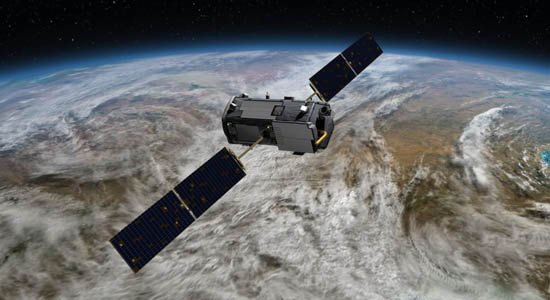
Sep. 17 & 18
Carbon dioxide (CO2) is an efficient atmospheric greenhouse gas. Fossil fuel combustion, deforestation and other human activities are currently emitting more than 30 billion tons of this gas into atmosphere each year. Meanwhile, measurements from a network of over 100 stations indicate that more than half of the CO2 that human activities produce is being absorbed by the ocean, forests, and by other natural processes whose identity and location are poorly known. An improved understanding of both the CO2 "sources," where it is emitted into the atmosphere, and the natural "sinks" where it is being absorbed, is essential predicting the impact of CO2 on the Earth's climate, and for informing sound policies for regulating the buildup of CO2 and other greenhouse gases. The existing ground-based network still lacks the resolution and coverage needed to locate and identify the sources and sinks of CO2. One way to fill this need is to make precise measurements of atmospheric CO2 over the entire globe from space. The first generation of greenhouse gas monitoring satellites is now returning data. This presentation will describe these new tools and the methods being used to validate the accuracy of their measurements.
Speaker: |
Dr. David Crisp
|
Location: |
Thursday, Sept. 17, 2009, 7p.m. |
Webcast: |
For the webcast on Thursday at 7 p.m. Pacific time, click here
|